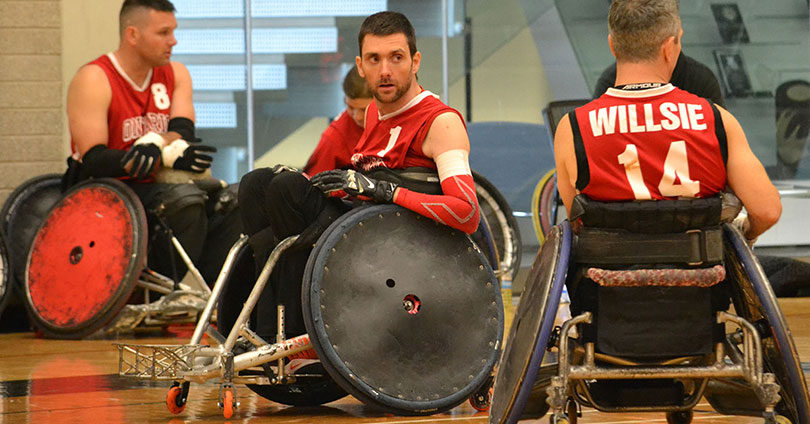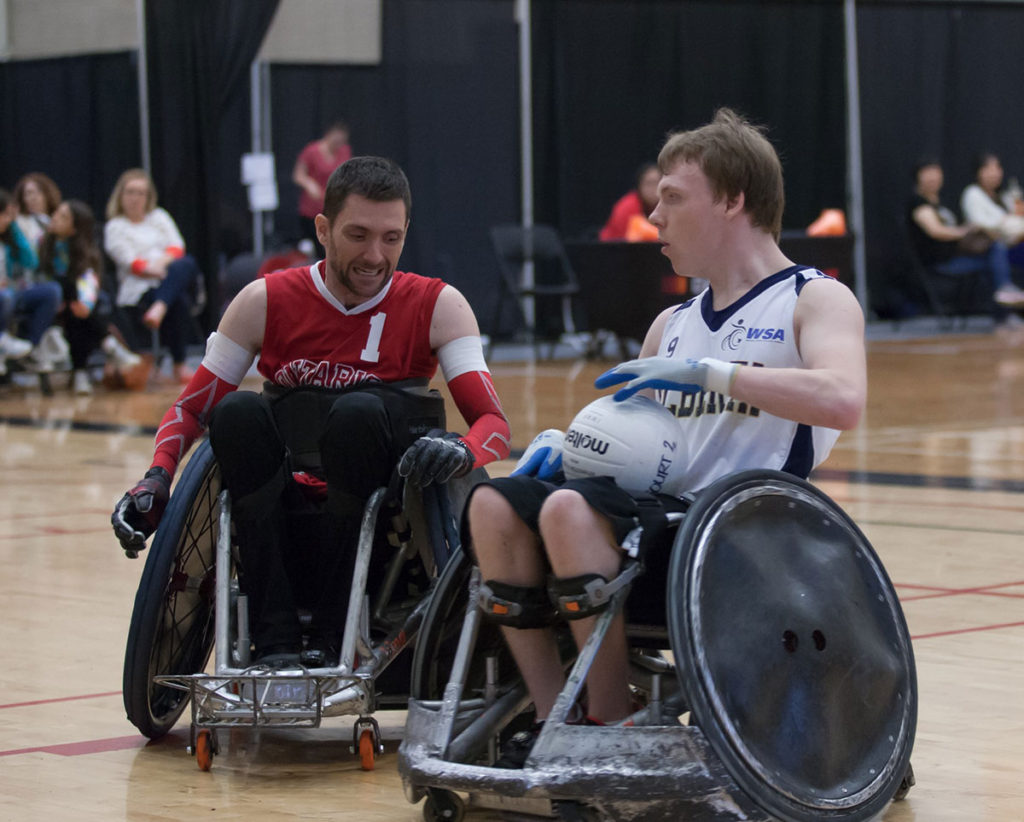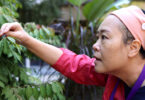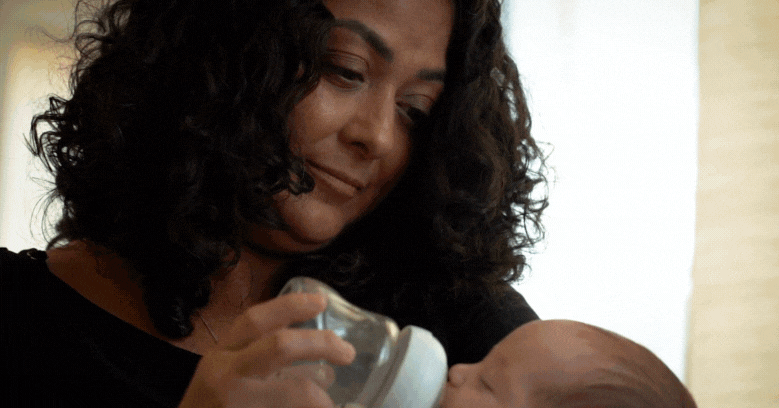Sunnybrook’s vision is to invent the future of health care, and that happens one patient at a time. Dr. Danny Enepekides, Otolaryngologist in Chief and Chief of Surgical Oncology, recently led a team that innovated a novel surgery – the first of its kind in Canada – to help a patient achieve his dream of playing for Team Canada Wheelchair Rugby.
Tell me about the patient.
His name is Eric Furtado-Rodrigues, and he is 38 years old. To give you a bit of background, Eric had a snowboarding accident in Spain in 2009. Surgeons there implanted a titanium plate to help his spine heal. Unfortunately, he was left a quadriplegic. After that surgery, the titanium plate started to push on his esophagus and over the next few years, it caused severe damage to his esophagus and trachea, and specifically the cricoid. Ultimately, this resulted in a hole between his spine, the esophagus and trachea.
Can you explain what these organs do?
The esophagus is your food pipe, so it carries food from your mouth to your stomach when you swallow. The trachea is your windpipe and allows you to breath. At the top of your trachea, there is a ring-shaped cartilage called the cricoid, which sits just below the voice box. In Eric’s case, the metal plate in his chest had worn a hole through both his esophagus and cricoid. That left him unable to swallow without his food and saliva spilling into his lungs and neck. Eric was getting repeated neck infections and episodes of pneumonia.
What did that mean for Eric?
Initially, to help him breath, he had to have a tracheostomy, which is when a surgical hole is created through the front of the neck to allow for airflow. He also had a feeding tube so he could eat. His quality of life was very bad, and he was devastated.
When did you and the Sunnybrook surgical team meet with Eric?
We first met him in February 2015. My surgical partner, Dr. Kevin Higgins and I have seen and treated similar issues before. But we’ve never had a case where the hole actually went through the front and back walls of the esophagus and through the cricoid. That was a first.
What happened next?
Our first step was removing the metal plate. Next, we had to repair the large hole on the back of his esophagus, which was about 3 centimetres high and 2 centimetres wide. Essentially, the whole back wall of his esophagus was gone. To patch the hole, we used transplanted skin and blood vessels from his forearm. We also stitched the hole in the front of the esophagus, as it was too risky at that time to do more. We were hopeful that would fix both the holes.
Did it work?
Eric recovered reasonably well after surgery. About a week later, we had him do a swallow study. The back wall of his esophagus was repaired, but the front wasn’t, meaning massive amounts of fluid were still spilling into his lungs. So Eric was left with a feeding tube and a tracheostomy. A tracheostomy can make it difficult to speak because the air goes through the tube and out the front of the neck. To speak, people have to cover that hole with a finger. Eric has limited use of his hands, so this was a huge hit to his quality of life, not being able to eat properly or speak. He was desperate to have something done about this.
What were the options?
Our team considered possible surgical options carefully over the following months. We had never seen a case with damage to this extent. We’ve repaired tracheas before, but where he was injured, it would have meant completely removing his voice box. For Eric, because he has limited use of his hands, the options would have meant never speaking properly again. We had to think of a better option.
Dr. Higgins and I do a tremendous amount of microsurgery here. That means using transplants to repair all sorts of head and neck defects. We came up with a plan to put a free flap – a type of transplant – into his intact cricoid. The trick is that cricoid ring is a complete ring of cartilage. If you’re putting something into that ring, you are obviously taking space away for air to move. So whatever we did there had to be tiny, but also robust enough to close that hole. Our goal was to remove the trach and improve his quality of life. The stakes were pretty high.
How did the surgery go?
The surgery took place in 2016, and it took the better part of 10 hours to complete. We split his voice box down the middle to get access to the area. We then took a flap of tissue from his scalp, which is kept alive by the pulsing vessels just on top of the ear. We harvested this very thin tissue and by using a special laser technology called SPY, which lets you visually map out the blood supply in real time. With this, we were able to create a small enough transplant. It was a delicate procedure, but we were able to place that transplant into an intact cricoid, restoring a healthy blood supply and closing the hole between his esophagus and airway.
The department of Otolaryngology at the University of Toronto, led by Dr. Gilbert and Dr. Gullane, has been a leader in the field of airway reconstruction. Our Sunnybrook team built upon that experience and designed a novel operation that would hopefully restore Eric’s quality of life. While some of these individual steps have been done on other patients, Eric’s whole procedure – particularly placing this flap into an intact cricoid – is a Canadian first.
How is Eric doing today?
Amazing! The surgery was a success, and we were able to get rid of both his tracheostomy and his feeding tube. He’s talking and eating hamburgers and whatever he wants. From the day I met Eric, he said he has aspirations of making Team Canada Wheelchair Rugby. And that’s something he’s since achieved. He’s the most amazing guy, and his outlook on life has been an inspiration. This is one of the most incredible things I’ve ever been involved with, and it’s a credit to our entire team. It’s a great Sunnybrook moment.
Photos courtesy of the Canadian Wheelchair Sports Association
Update – April 2018: Eric was named Provincial Athlete of the Year at the Ontario Sport Awards! Congratulations, Eric!









